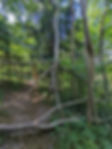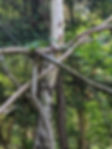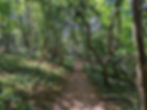Headley Heath (Surrey Hills AONB). Landscape and Butterflies. 15.07.22
- Sim Elliott
- Jul 16, 2022
- 2 min read
Updated: Jul 17, 2022
Headley Heath is next to Box Hill near Dorking. It Site of Special Scientific Interest (SSSI) with a large variety of invertebrates and birds. I reached Headey Heath by walking from Box Hill and West Humble trains station. It is a walk of about three miles via White Hill and High Ashurst (Outdoor Learning Centre). I would thoroughly recommend using the OS Explorer map of Dorking, Box Hill, and Reigate (OS Explore 146) - and downland (fee) to the OS smartphone app; it is easy to get lost at Haedley, and the OS App (with GPS location finder) you can find your way of you get lost
I mostly followed the National Trust Headley Heath Butterfly walk, see Headley Heath butterfly walk | National Trust

The Habitats of Headley Heath
Our special ecosystem
Headley is one of the few places where alkaline or chalk-loving plants (like cowslips) and acidic or chalk-hating plants (like heather) can be found growing together. This mix of geology leads to a great diversity of plants and insects, which creates a rich ecosystem.
Heathland
Our heathland may look natural, but it is in fact man-made, created many years ago when our ancestors began clearing forests for farming. Heather and other plants grew in the poor, sandy soil, providing people with fuel and thatching materials. Animals also grazed the heath.
Lots of Surrey’s heathland has now been lost, mainly due to the decline in the old agricultural system, which has allowed trees to grow (natural re-afforestation) and change the habitat.
Today we are striving to protect our precious heathland and its many unique plants and animals.
Chalk downland
Chalk downland is a special type of grassland habitat, found on chalk hills such as the North Downs. It’s an extremely rich habitat and supports a great diversity of plants and animals.
The plants are specially adapted to the tough growing conditions (thin, fast-draining soils, low nutrients and high levels of calcium carbonate from the chalk). Because of the difficult conditions, no single plant species can dominate, and so a diverse range of plants live together.
Woodland
The woodland is a mix of beech, silver birch, goat willow, oak and rowan and is home to many creatures. It’s found mainly on the south and west sides of the heath, where the soil is clay with flints.
Ponds and wetlands
Our ponds are home to a wonderful array of aquatic life, including dragonfly nymphs, newts, grass snakes, toads and frogs. Various grasses and rushes thrive in the damp ground near the water’s edge. Habitats at Headley Heath | National Trust
Butterflies and other insects (alphabetical order)
Brimstone


Buff-Tailed Bumblebee

Comma

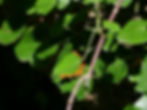

Gatekeeper



Hummingbird Hawk Moth

Marbled White


Meadow Brown




Peacock


Ringlet


Silver Washed Fritillaries






Small Skipper

Small White


Soldier Beetle
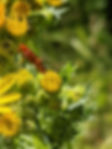
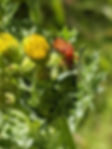

Landscapes and Views (chorological order)
Bird!

Road and Paths to Headley Heath

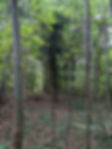
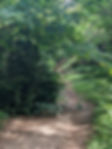
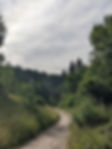
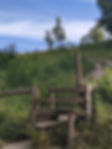


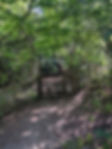
Juniper Hill
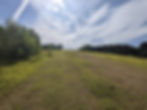

Headley Heath
Chalk grassland

Woodland
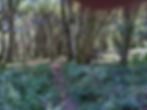
Chalk grassland
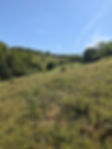

Acid Heathland

Chalk grassland

Woodland

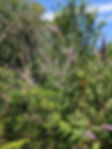
Acid Heathland
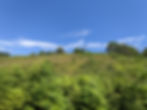
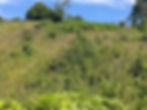

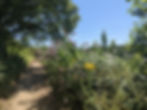
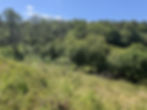
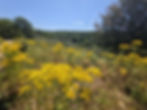
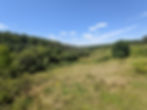
Woodland
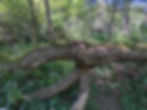
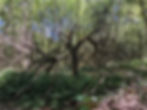
The path back


